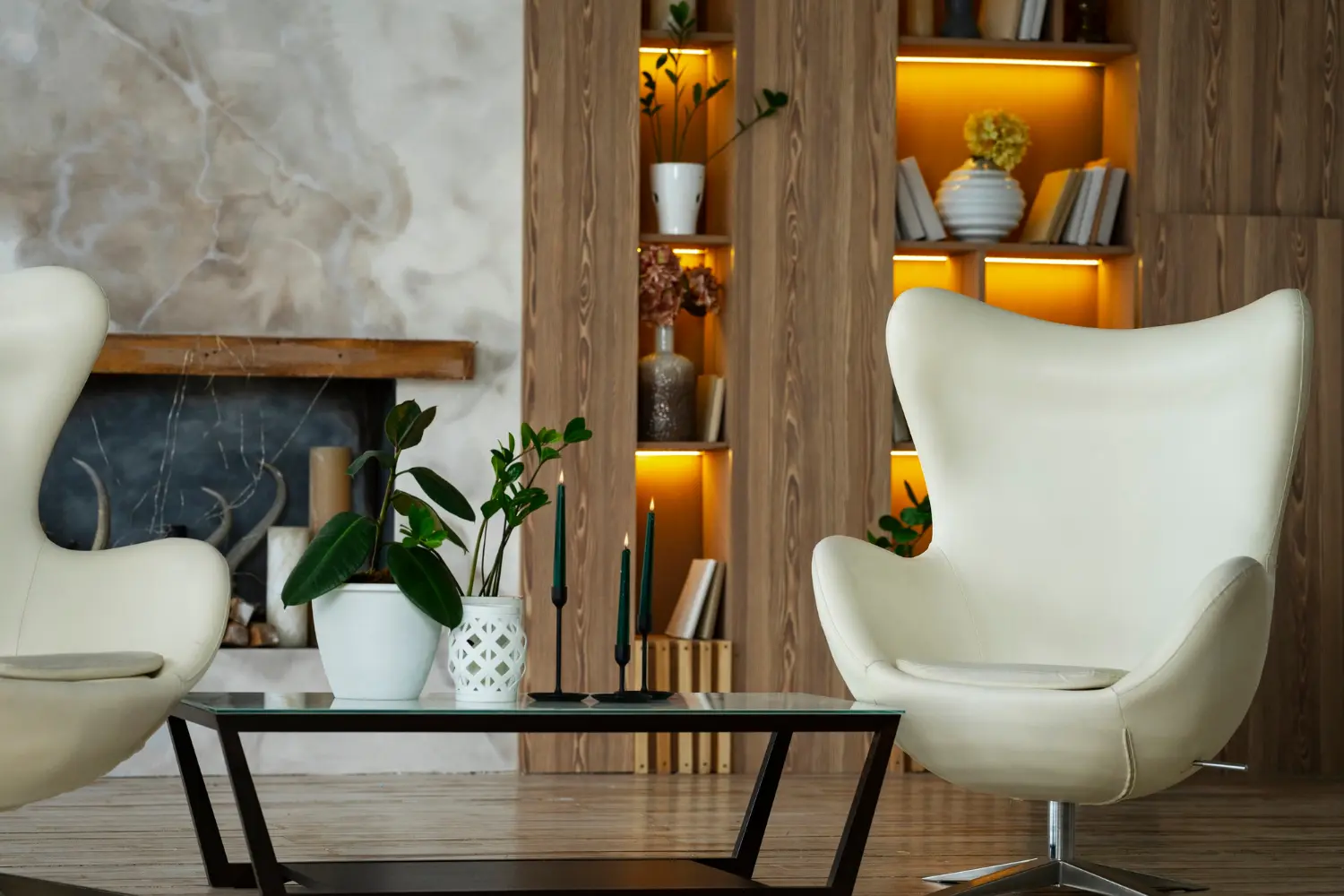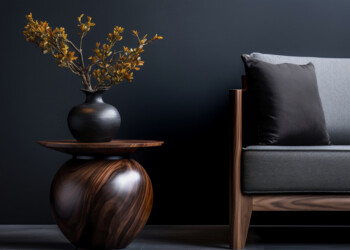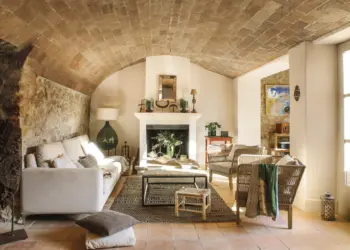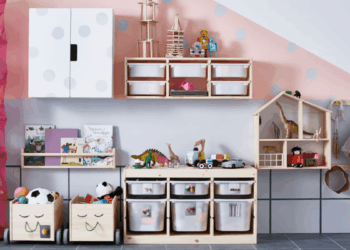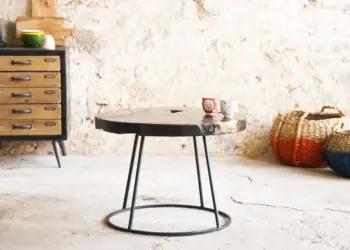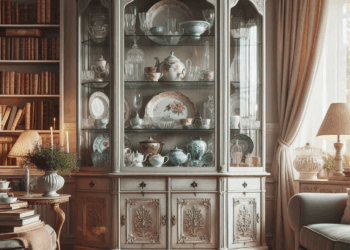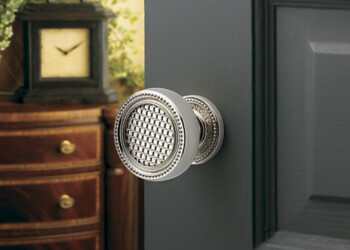Are you tired of constantly chasing trends in home decor? Do you crave a living space that exudes timeless elegance and never goes out of style? Look no further than the ultimate furniture style: the untimed guide! In this comprehensive guide, we’ll explore the art of creating a timeless interior that transcends fleeting fads and remains chic for years to come. From classic pieces to modern marvels, we’ve got you covered with tips, tricks, and inspiration to transform your home into a sanctuary of style and sophistication!
Table of Contents
Embracing Timeless Elegance
In a world where trends come and go in the blink of an eye, there’s something truly magical about timeless furniture style. It’s not about following the latest craze; it’s about curating a collection of pieces that speak to your unique sense of style and withstand the test of time. So, how can you embrace timeless elegance in your home? Let’s dive in!
1. Invest in Quality
When it comes to timeless furniture style, quality is paramount. Instead of opting for cheap, disposable pieces, invest in high-quality furniture that will last for generations. Look for sturdy construction, premium materials, and expert craftsmanship. While it may require a larger upfront investment, quality furniture pays dividends in the long run, both in terms of durability and aesthetic appeal.
2. Focus on Classic Silhouettes
While it’s tempting to gravitate towards of-the-moment designs, classic silhouettes never go out of style. Think clean lines, graceful curves, and timeless proportions. Whether you prefer the understated elegance of a mid-century modern sofa or the timeless charm of a traditional wingback chair, choosing pieces with enduring appeal is key to creating a timeless interior.
3. Mix Old with New
One of the secrets to mastering timeless furniture style is striking the perfect balance between old and new. Instead of adhering to a strict period style, mix and match pieces from different eras to create a curated, eclectic look. Pair a vintage Persian rug with a sleek contemporary coffee table, or juxtapose a retro-inspired armchair with a modernist floor lamp. The juxtaposition of old and new adds depth and character to your space while ensuring its timelessness.
Navigating the World of Furniture Styles
With so many furniture styles to choose from, navigating the world of interior design can feel overwhelming. From traditional to transitional, rustic to contemporary, the options are endless! But fear not – we’re here to demystify the process and help you find the perfect furniture style for your home.
1. Traditional
Characterized by ornate details, rich fabrics, and elegant finishes, traditional furniture style exudes timeless sophistication. Think plush upholstery, carved wood accents, and intricate moldings. Perfect for those who appreciate classic elegance and refined beauty, traditional furniture style adds a touch of old-world charm to any space.

2. Contemporary
Sleek, minimalist, and oh-so chic, contemporary furniture style is all about clean lines, bold shapes, and innovative materials. From modular sofas to sculptural accent chairs, contemporary furniture embraces the cutting edge of design while maintaining a sense of timelessness. Ideal for those with a penchant for modern aesthetics and streamlined simplicity, contemporary furniture style brings a fresh, avant-garde vibe to any interior.
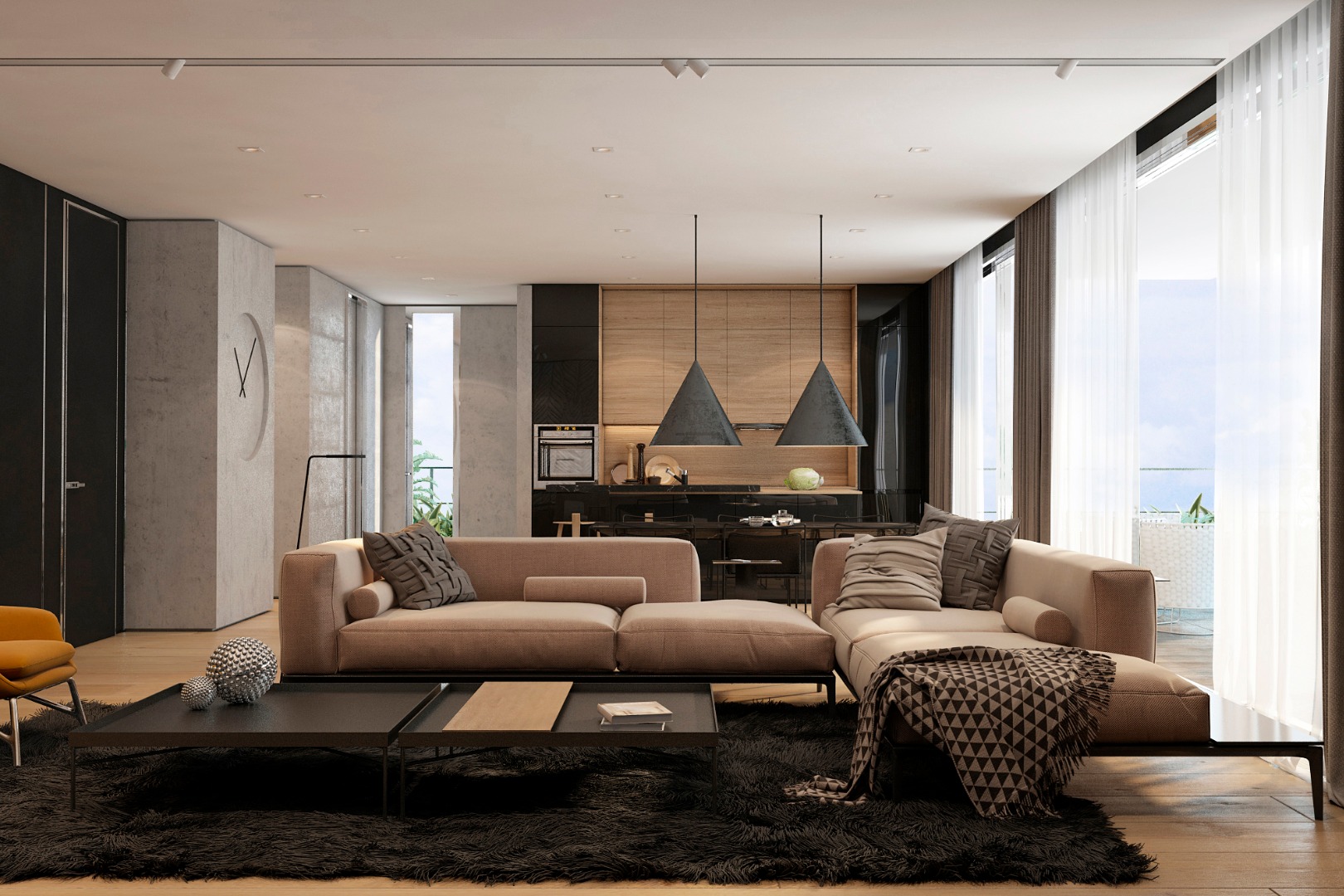
3. Transitional
Combining the best of both worlds, transitional furniture style strikes the perfect balance between traditional elegance and contemporary flair. With its neutral color palettes, versatile furnishings, and harmonious blend of old and new, transitional style offers the ultimate in flexibility and sophistication. Whether you’re drawn to classic silhouettes with a modern twist or contemporary pieces with a hint of vintage charm, transitional furniture style allows you to create a space that feels both timeless and of-the-moment.

Exploring Furniture Styles Through the Ages
Jacobean (1600–1690)
The Jacobean period, emerging from the English Early Renaissance, heralded a new era of furniture design characterized by its robust construction, ornate carvings, and rich, dark finishes. Reflecting the grandeur of the time, Jacobean furniture boasts straight lines and intricate detailing, serving as a testament to the craftsmanship of its artisans.

William and Mary (1690–1735)
In the late 17th and early 18th centuries, the William and Mary style flourished, drawing inspiration from Dutch and Chinese influences. With its distinctive trumpet turned legs, Spanish ball feet, and exquisite Oriental lacquer work, William and Mary furniture exudes an air of elegance and refinement, capturing the essence of a bygone era.
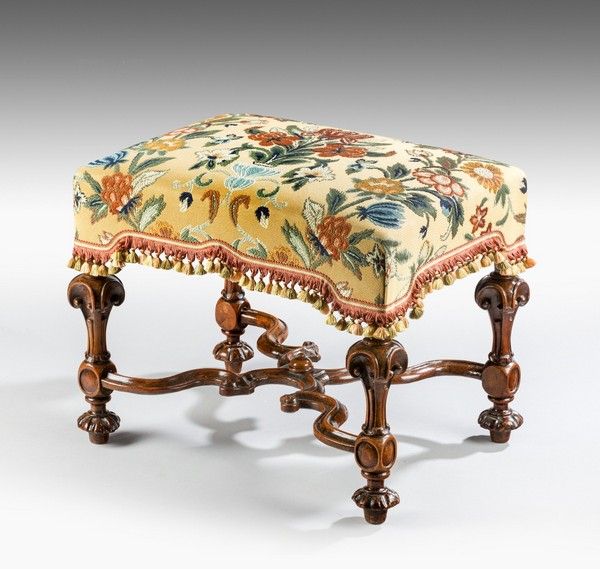
Queen Anne (1700–1755)
The Queen Anne style emerged during the reign of William III of England, epitomizing a shift towards graceful curves and refined simplicity. Characterized by its iconic cabriole legs, pad or drake feet, and fiddle-backed chairs, Queen Anne furniture embodies a sense of timeless sophistication and understated elegance.

Pennsylvania Dutch (1720–1830)
Rooted in American folk tradition, Pennsylvania Dutch furniture reflects the rich cultural tapestry of Germanic influences. With its utilitarian simplicity and vibrant folk painting, Pennsylvania Dutch furniture embodies a sense of warmth and authenticity, offering a glimpse into the heart of early American craftsmanship.

Louis XVI (1760–1789)
Amidst the tumult of the French Revolution, the Louis XVI style emerged as a beacon of classical elegance and refinement. Influenced by Greco-Roman aesthetics, Louis XVI furniture features straight lines, delicate motifs, and richly carved details, epitomizing the opulence of the Ancien Régime.
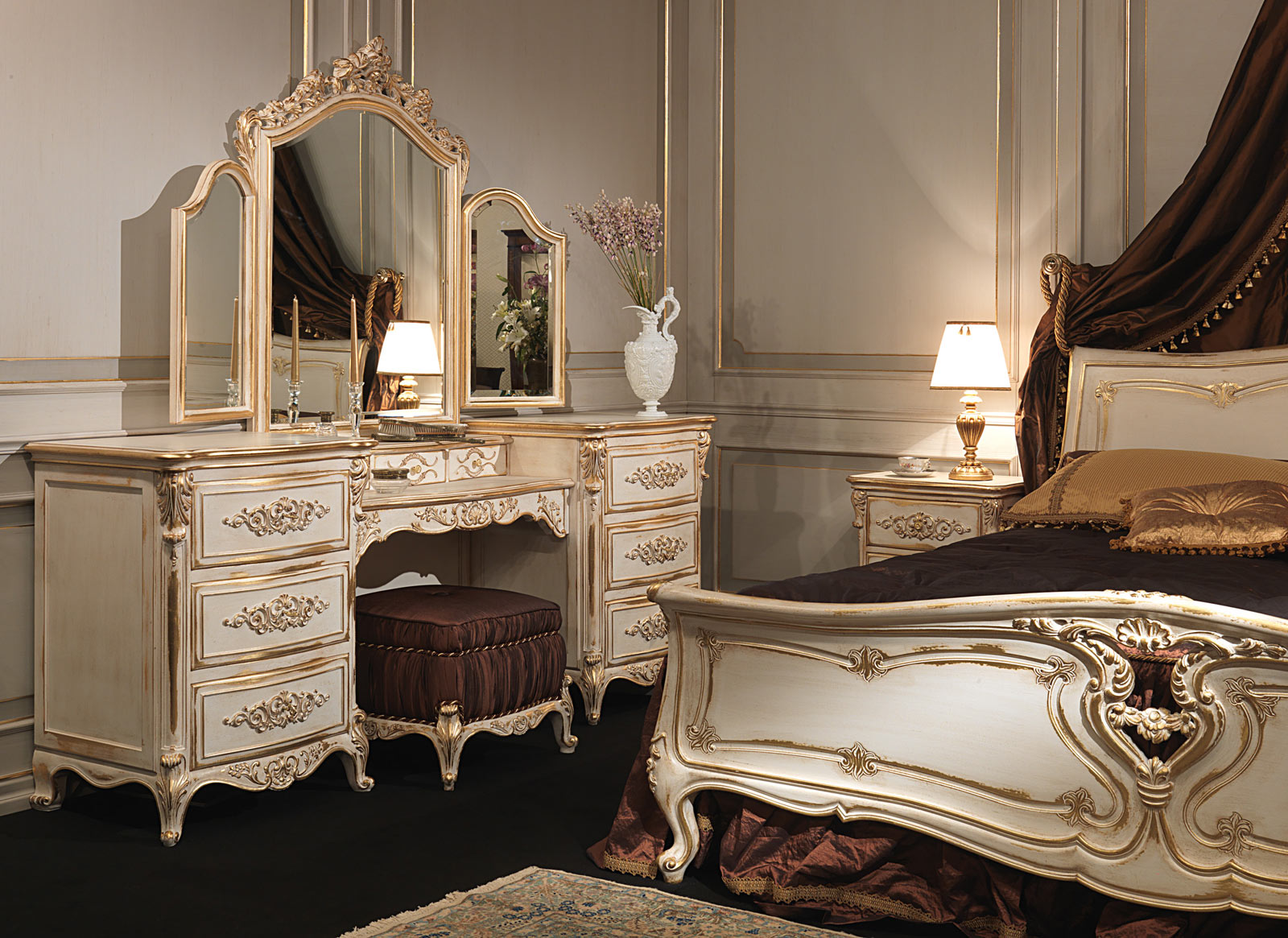
Chippendale (1750–1790)
Named after the renowned cabinet-maker Thomas Chippendale, the Chippendale style encompasses a fusion of Gothic, French, and Chinese influences. With its iconic cabriole legs, ball and claw feet, and intricate detailing, Chippendale furniture exudes an air of timeless sophistication and unparalleled craftsmanship.
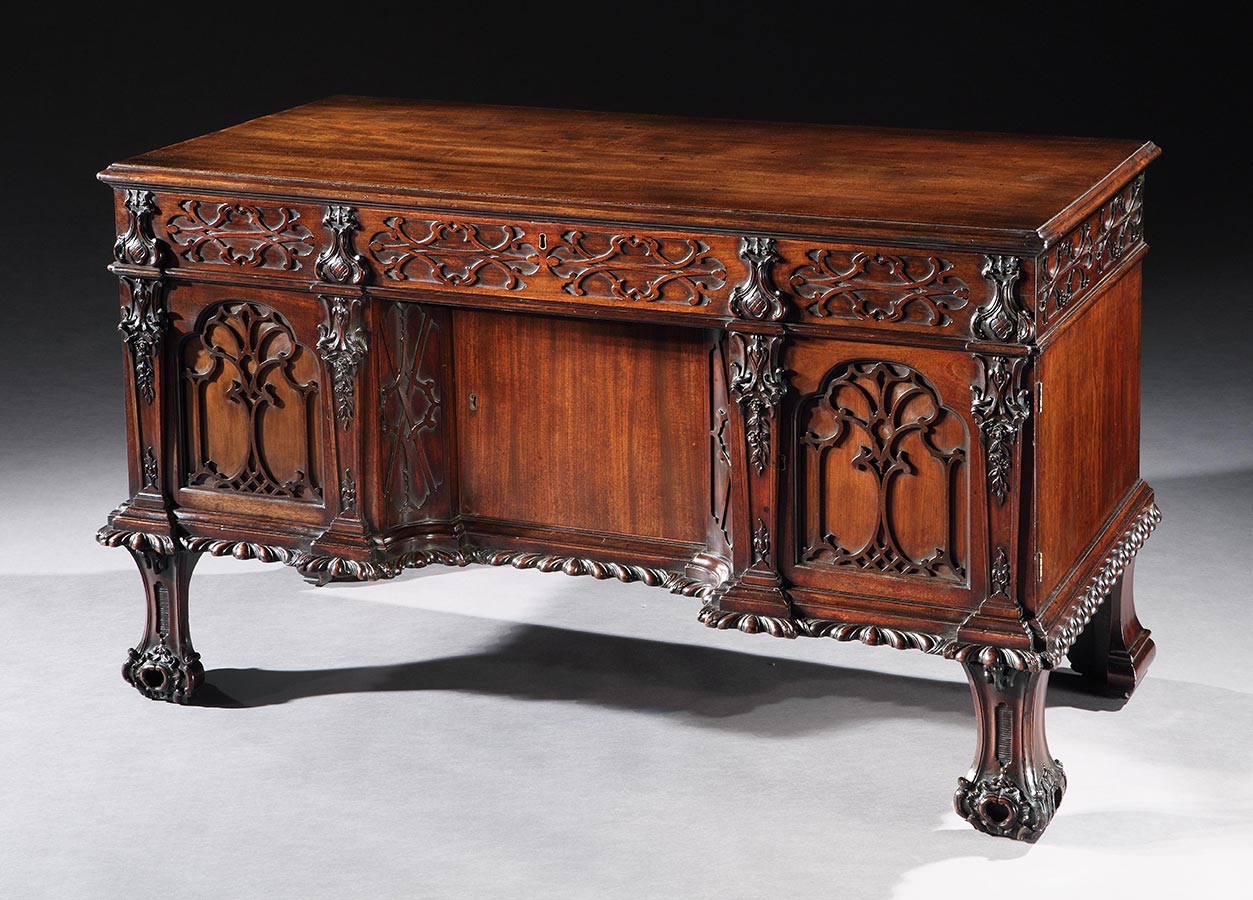
Hepplewhite (1765-1800)
Inspired by the Neoclassical ideals of London designer George Hepplewhite, Hepplewhite furniture epitomizes elegance and refinement. Characterized by its delicate appearance, tapered legs, and contrasting veneers, Hepplewhite furniture embodies a sense of timeless sophistication and understated luxury.
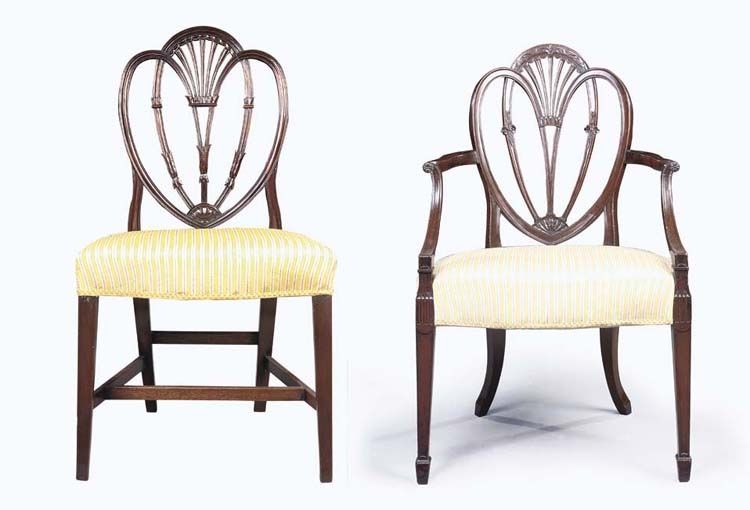
Sheraton (1780–1820)
Drawing inspiration from the neoclassical ideals of English designer George Sheraton, Sheraton furniture exudes an air of understated elegance and refined simplicity. With its clean lines, contrasting veneers, and tapered legs, Sheraton furniture epitomizes the essence of timeless sophistication and classic charm.
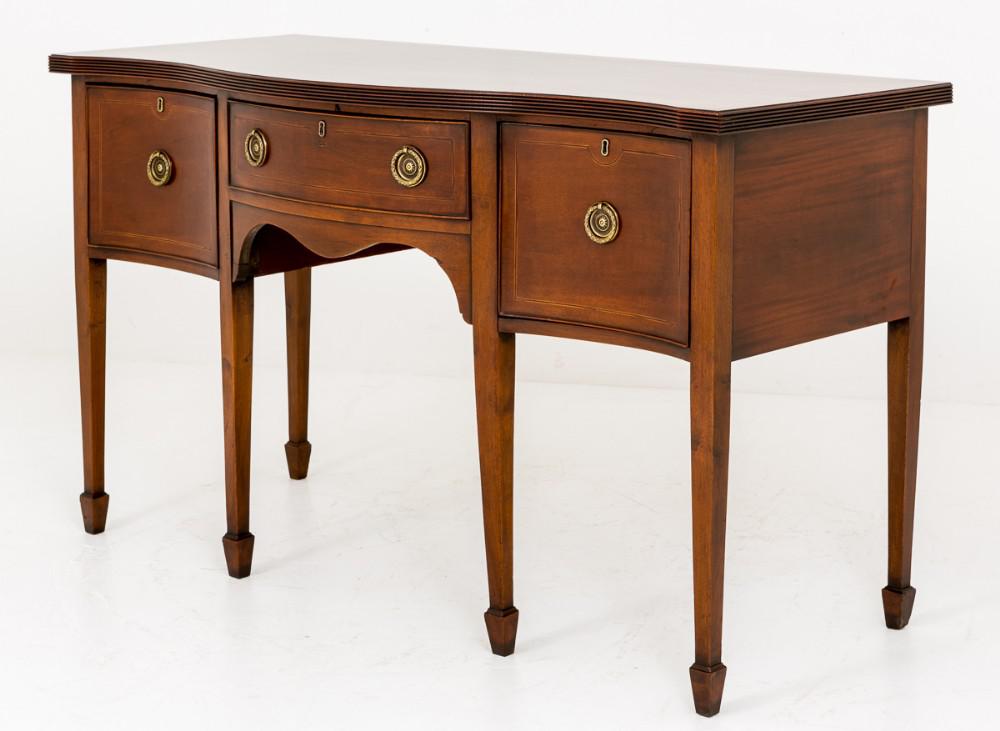
Federal (1780–1820)
Combining elements of the Hepplewhite and Sheraton styles, Federal furniture embodies a sense of graceful elegance and classical refinement. Characterized by its straight lines, contrasting veneers, and neoclassical motifs, Federal furniture exudes an air of timeless sophistication and understated luxury.

American Empire (1800–1840)
Inspired by French design aesthetics, American Empire furniture reflects the opulence and grandeur of the late 19th century. With its classical ornamentation, course carvings, and rich, dark finishes, American Empire furniture epitomizes the essence of old-world charm and timeless elegance.
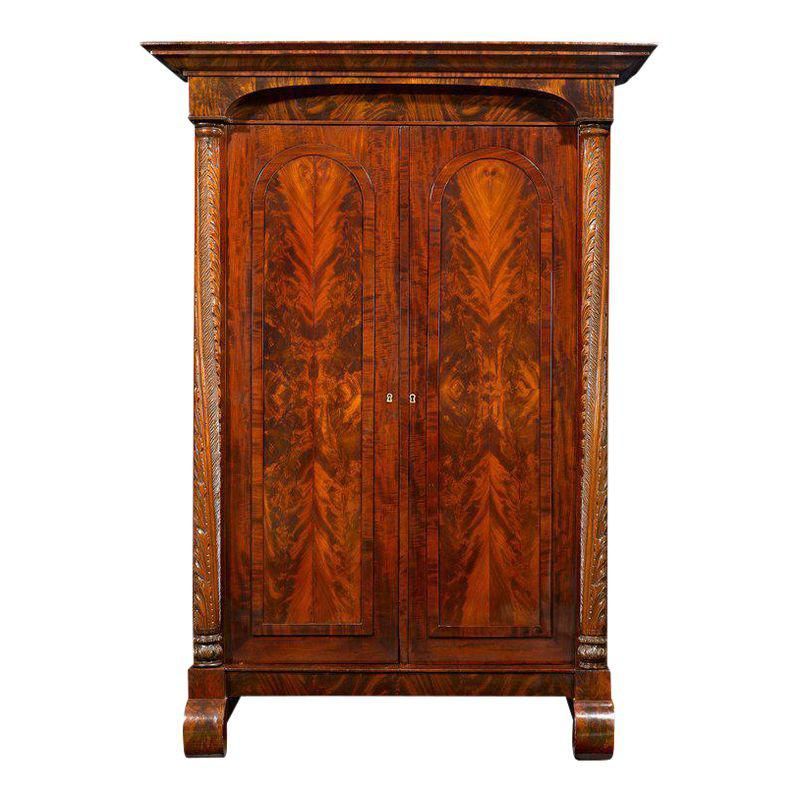
Victorian (1840–1910)
Named after Queen Victoria, the Victorian era heralded a new age of industrial revolution and mass production. Characterized by its romantic influences, heavy proportions, and elaborate ornamentation, Victorian furniture embodies the opulence and grandeur of the era, serving as a testament to the craftsmanship of its artisans.

Arts and Craft (1880–1910)
Influenced by the ideals of the Arts and Craft movement, Arts and Craft furniture celebrates the beauty of handmade craftsmanship and simple, utilitarian design. With its emphasis on quality materials and meticulous attention to detail, Arts and Craft furniture embodies a sense of authenticity and timeless elegance.
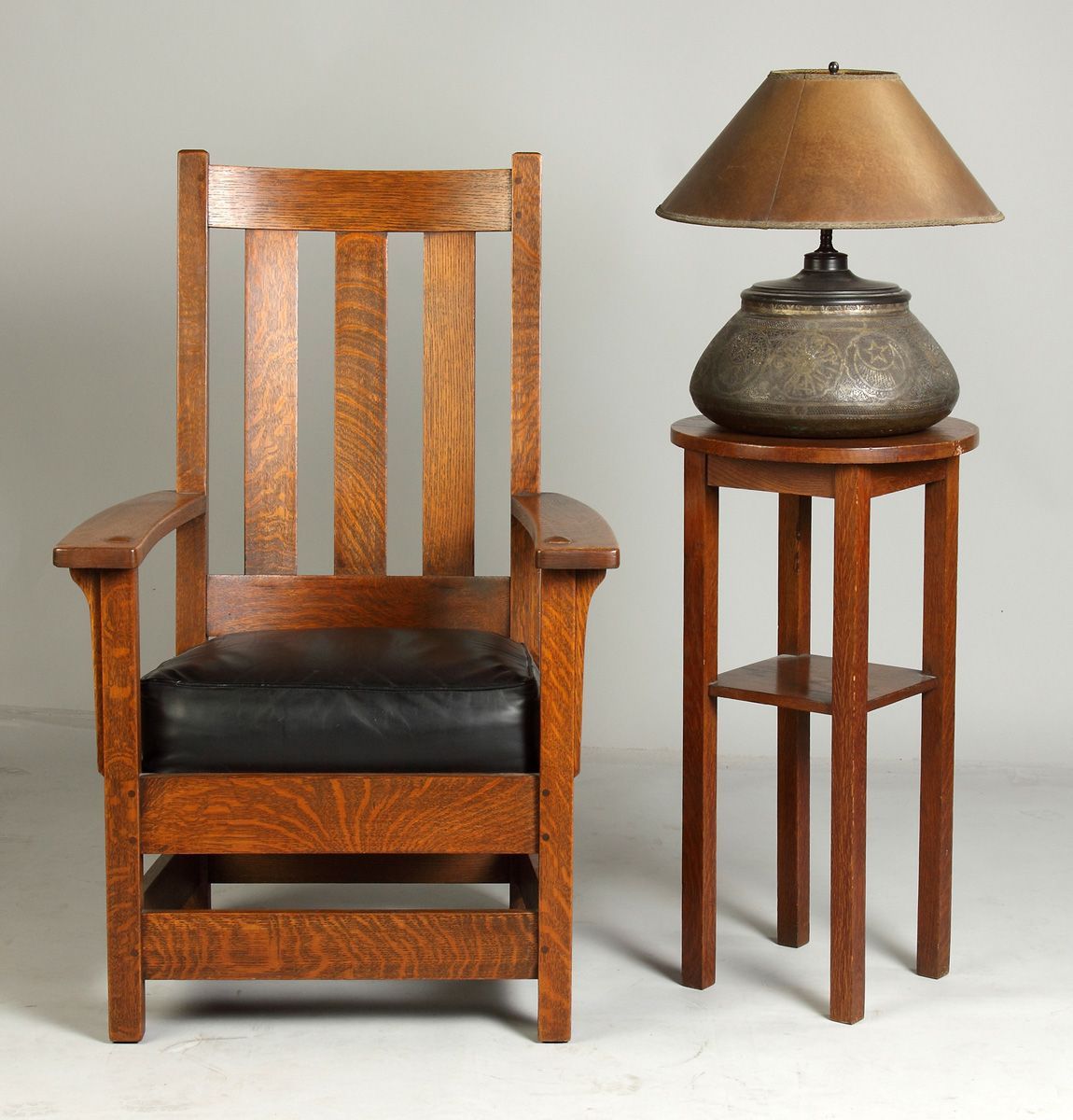
Art Deco (1910–1939)
Originating in France shortly before World War I, the Art Deco style represents a departure from tradition, embracing bold, vibrant colors and geometric shapes. With its sleek, streamlined design and luxurious materials, Art Deco furniture exudes an air of modern sophistication and timeless glamour, serving as a testament to the creativity and innovation of its era.

In the ever-changing world of interior design, timeless furniture style stands the test of time as a beacon of elegance and sophistication. By investing in quality pieces, embracing classic silhouettes, and mixing old with new, you can create a space that transcends trends and remains stylish for years to come. Whether you’re drawn to the timeless charm of traditional furniture, the sleek simplicity of contemporary design, or the versatile appeal of transitional style, the untimed guide to furniture style offers endless possibilities for creating a home that’s as beautiful as it is timeless. So go ahead, unleash your creativity, and let your personal style shine – the world of timeless furniture style awaits!
FAQs
What is classic furniture style?
Classic furniture style typically refers to timeless and traditional designs that exhibit elegance, sophistication, and often draw inspiration from historical periods such as the Renaissance or Baroque eras. These pieces are characterized by intricate details, luxurious materials, and craftsmanship that withstand the test of time.
How many styles of furniture are there?
There are numerous styles of furniture, ranging from classic and traditional to modern and contemporary. Some of the most common furniture styles include:
- Traditional
- Modern
- Contemporary
- Mid-century modern
- Industrial
- Scandinavian
- Bohemian
- Art Deco
- Rustic
- Farmhouse
What kind of design is furniture?
Furniture design encompasses a wide range of styles, materials, and forms, all aimed at creating functional and aesthetically pleasing pieces for various purposes. It involves the process of conceptualizing, planning, and creating furniture items such as chairs, tables, sofas, and cabinets, considering factors like ergonomics, aesthetics, and usability .
